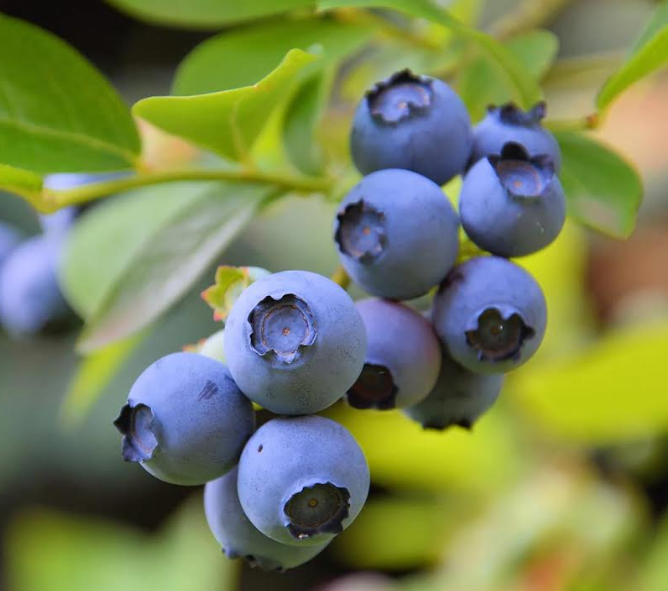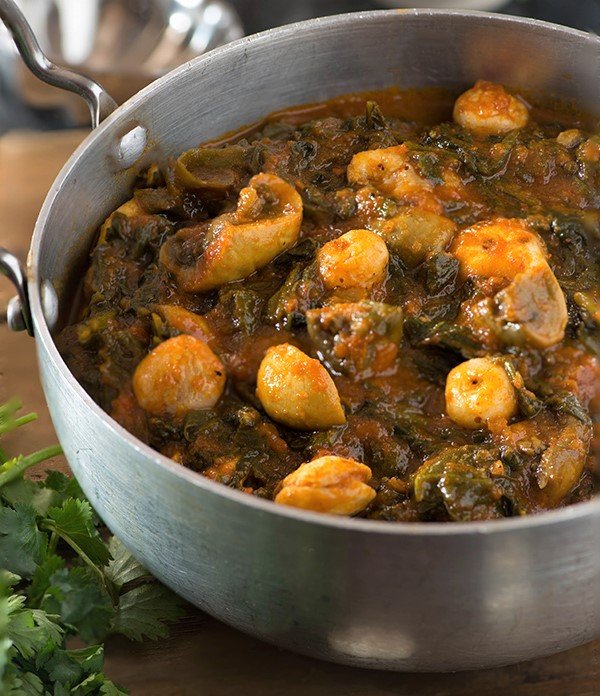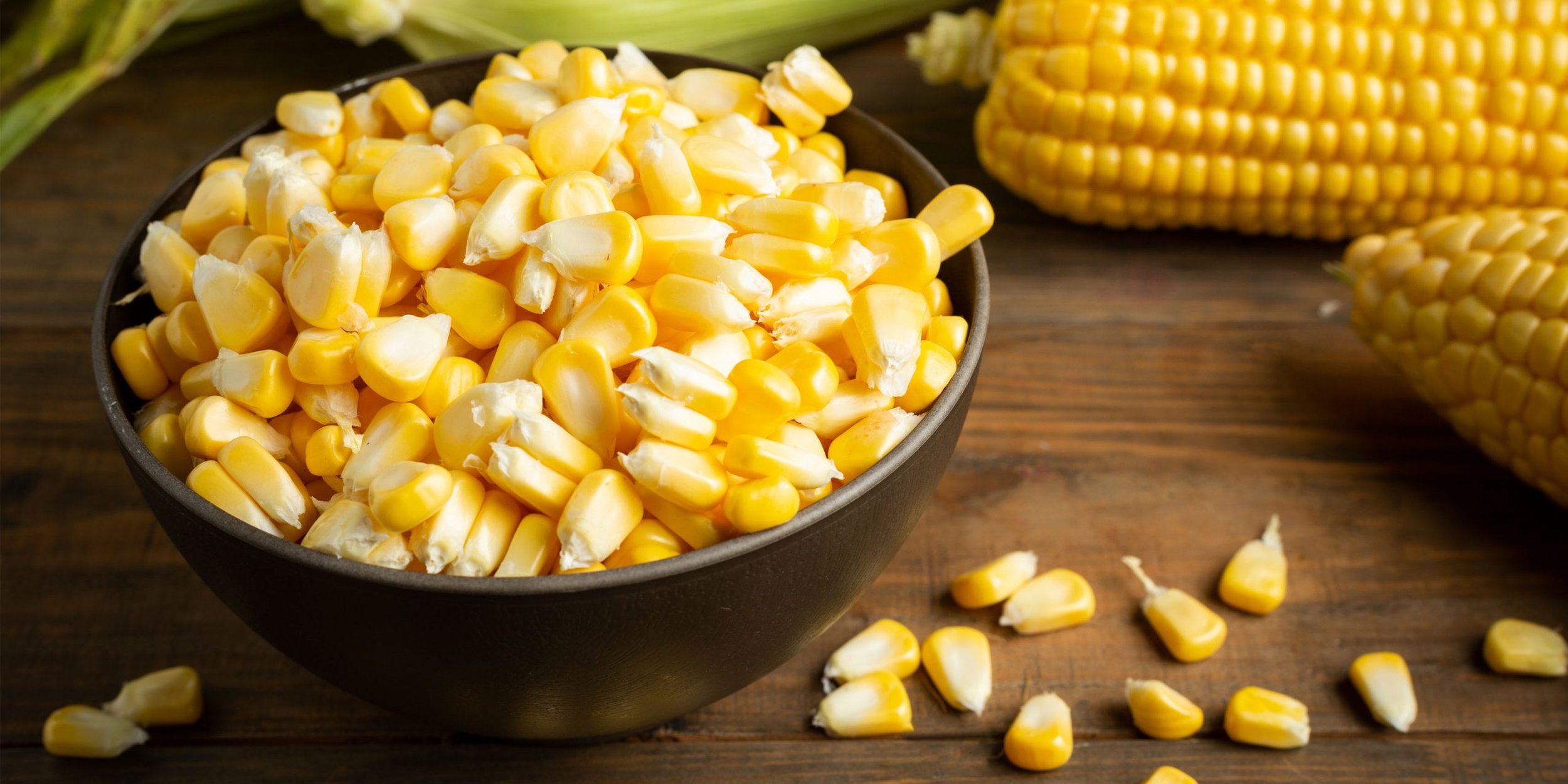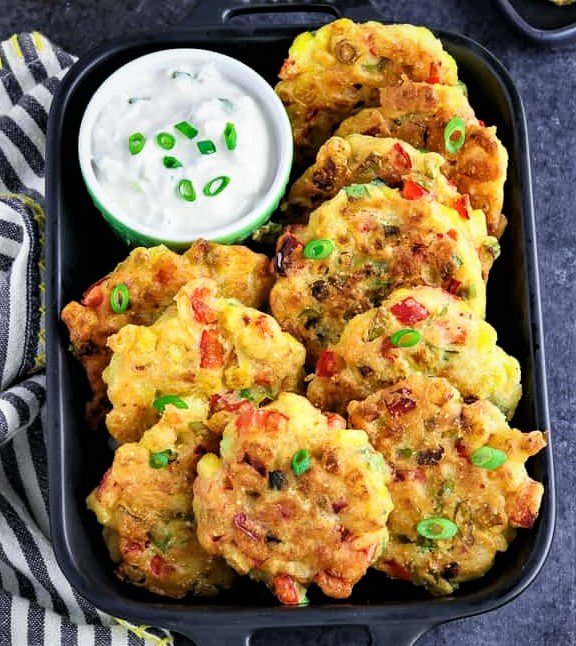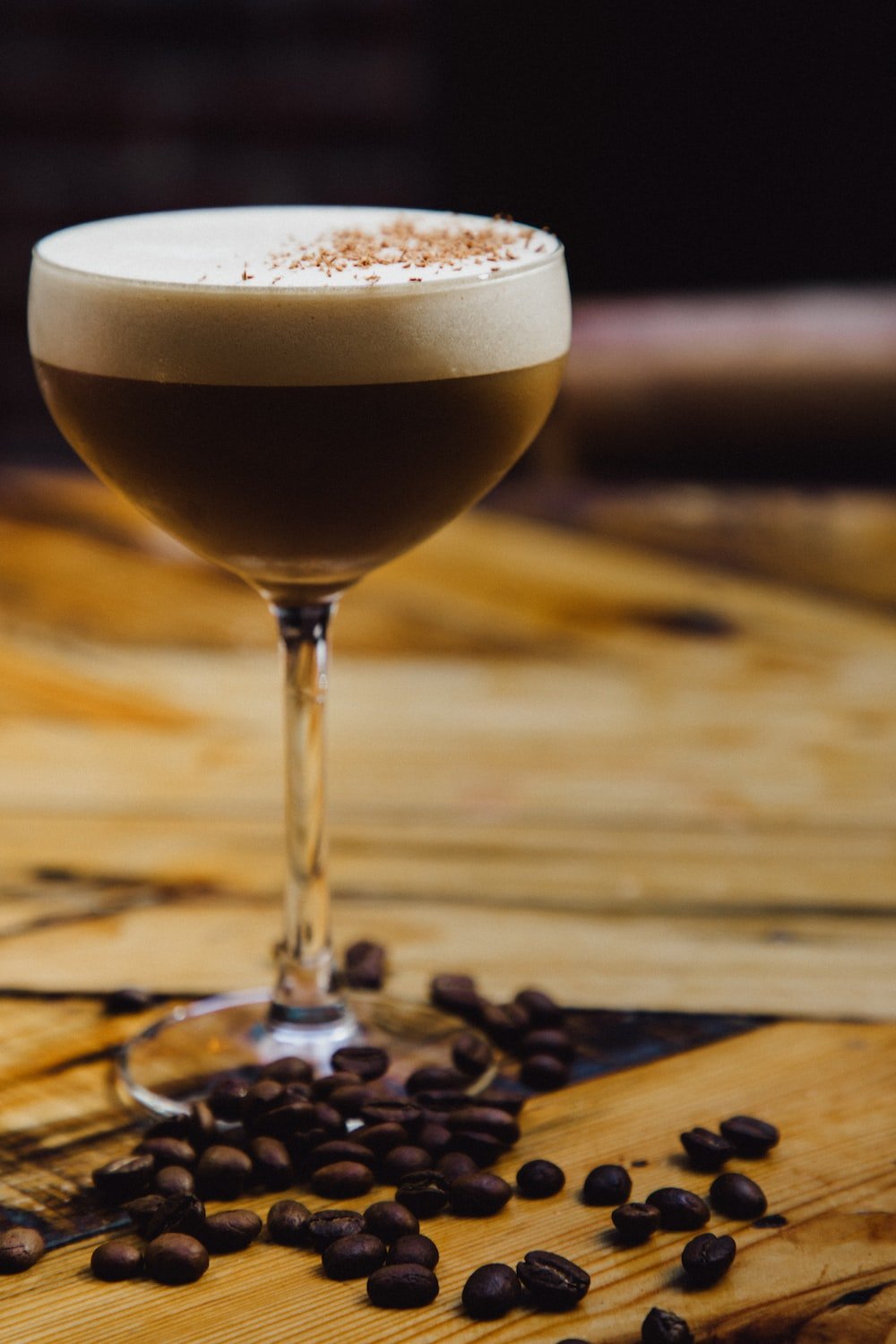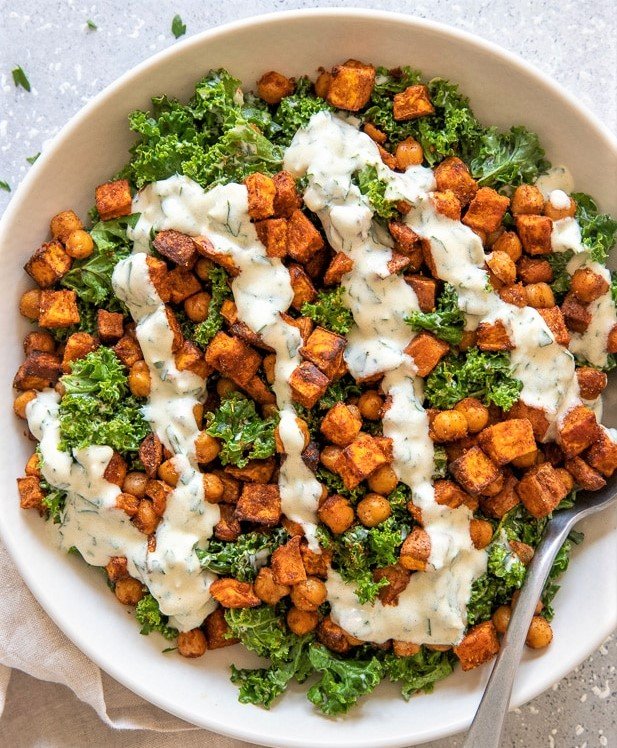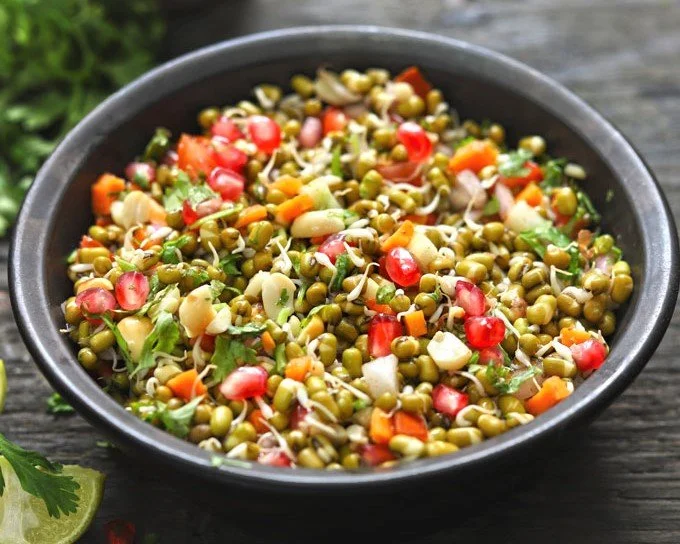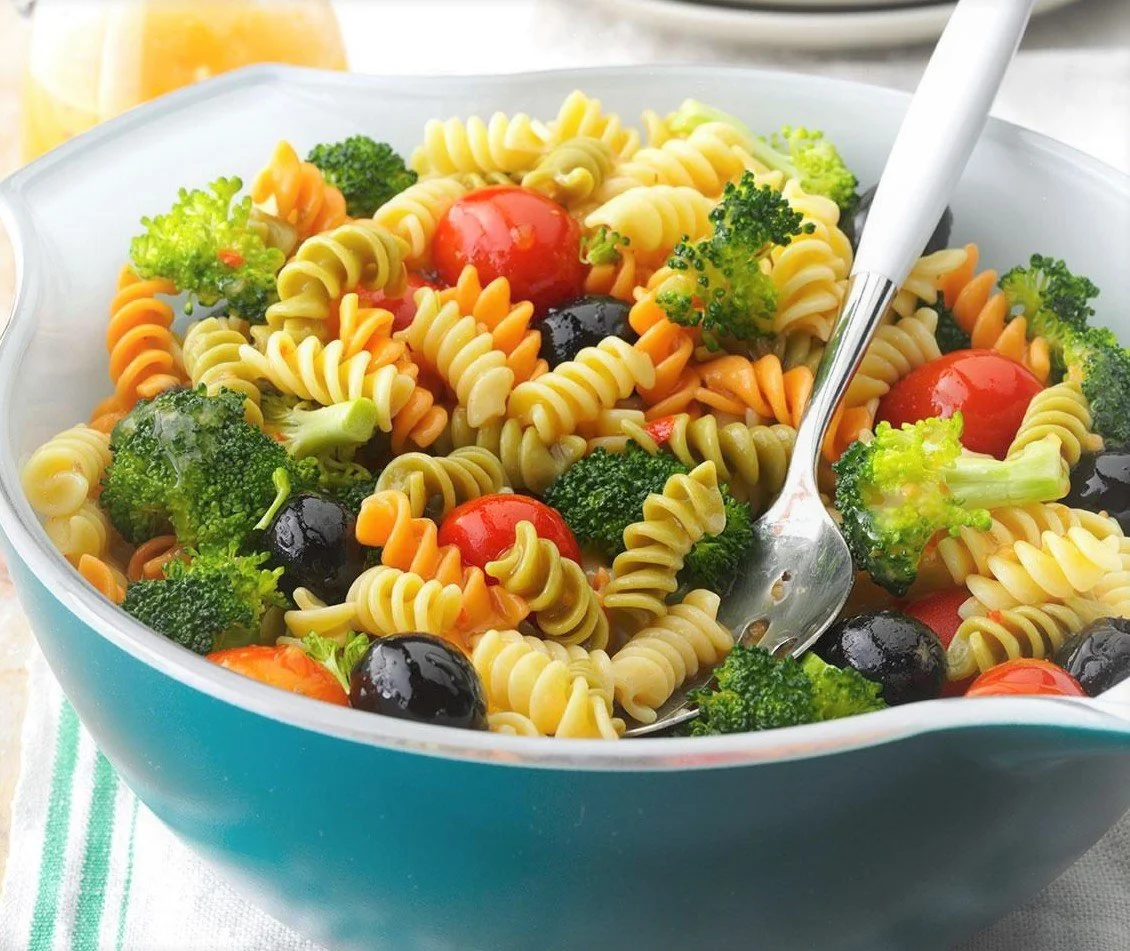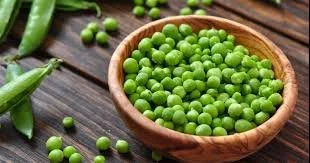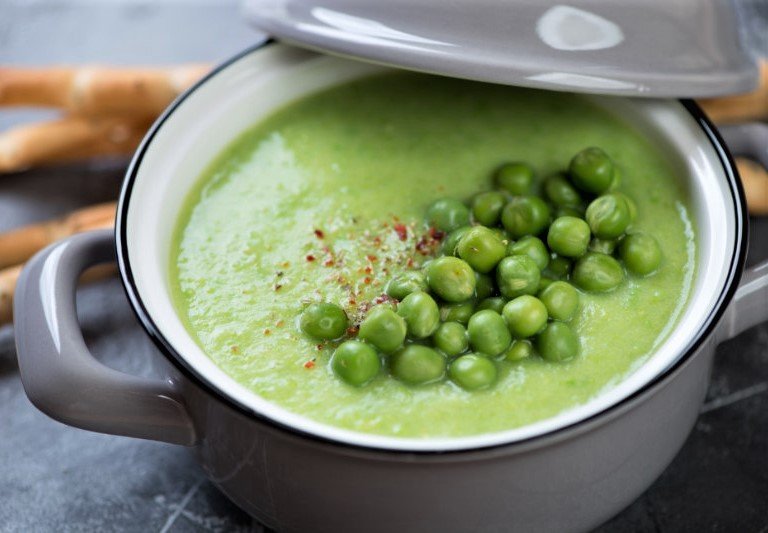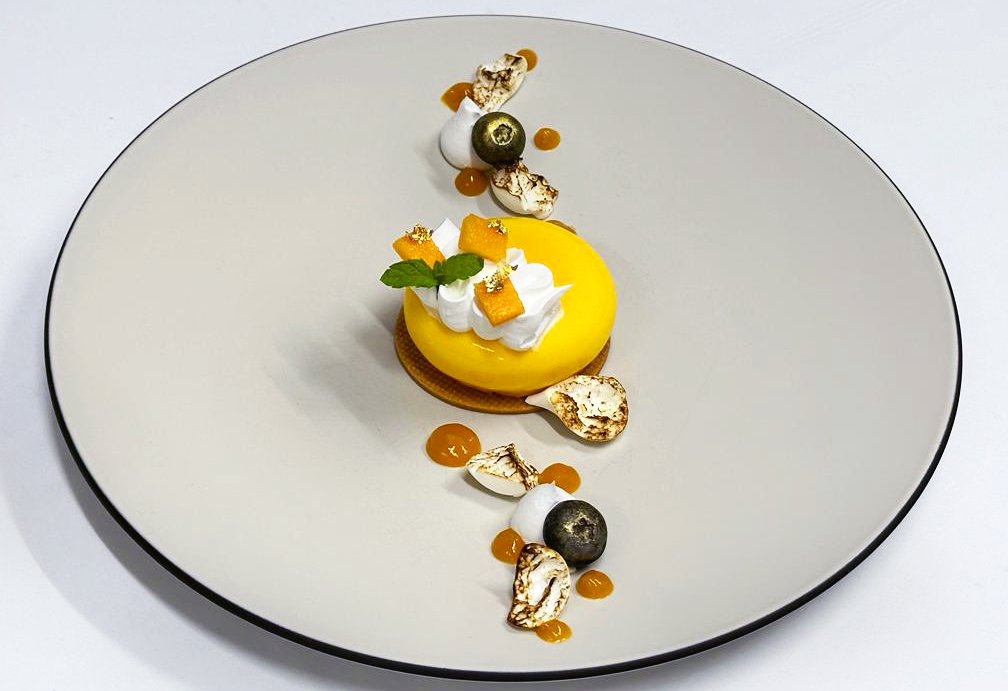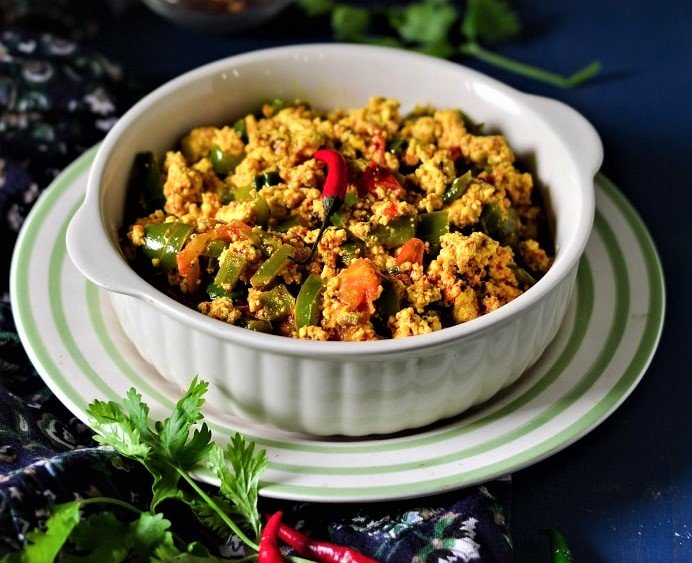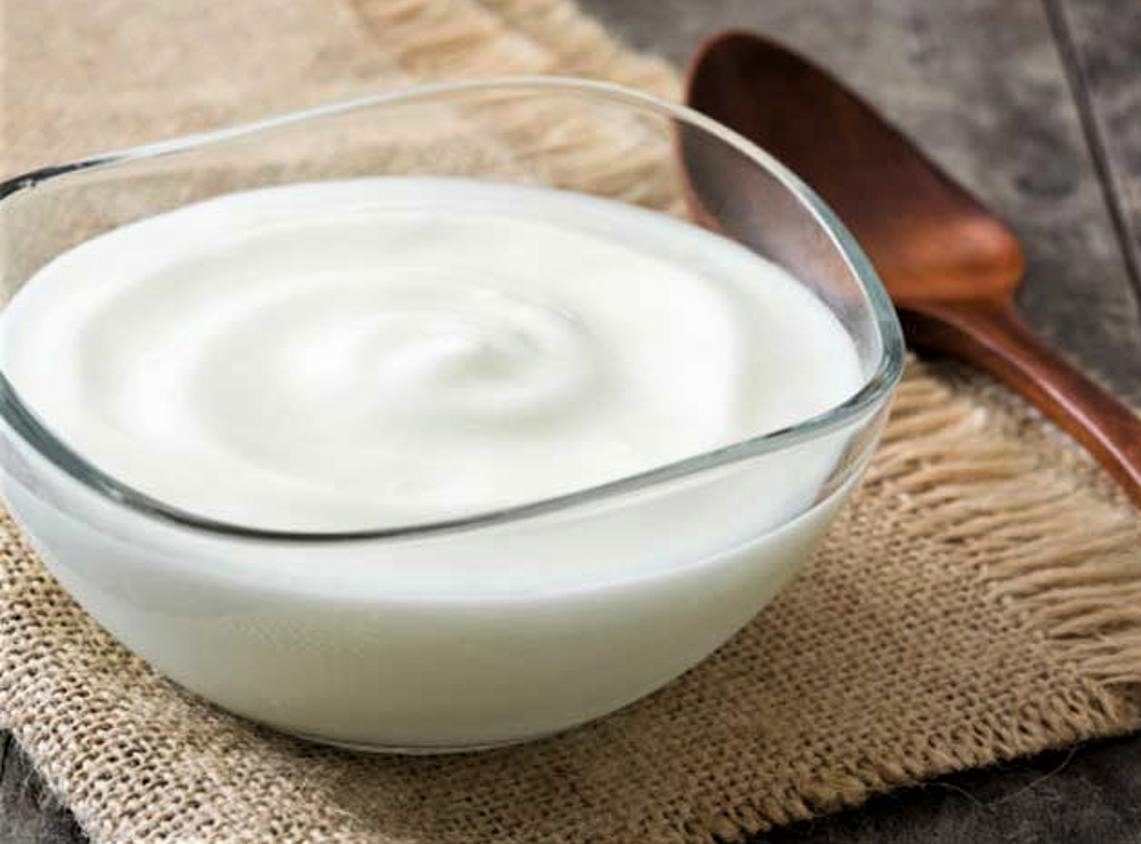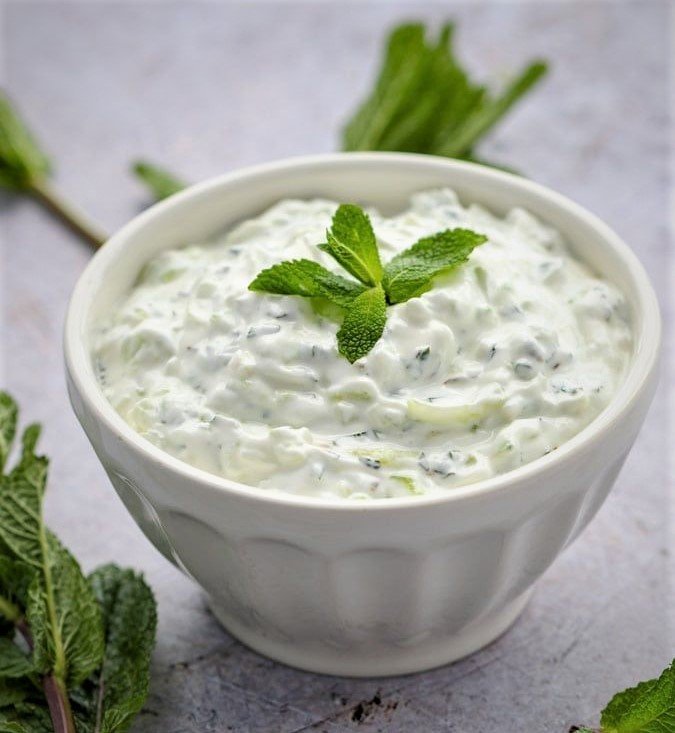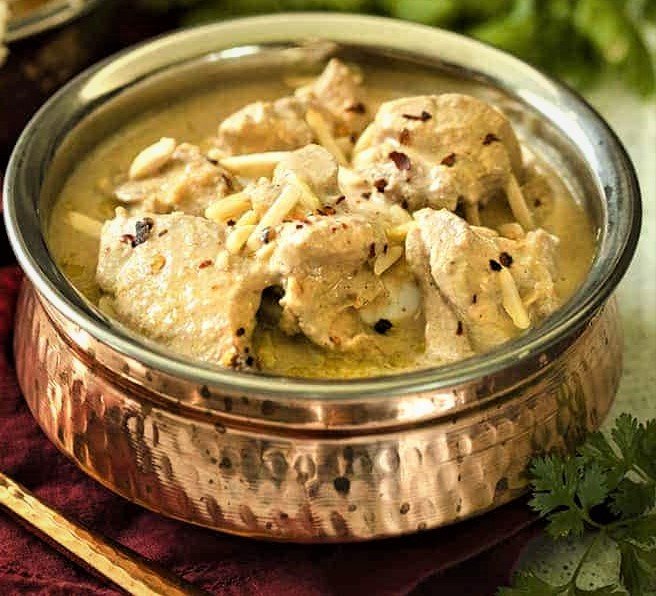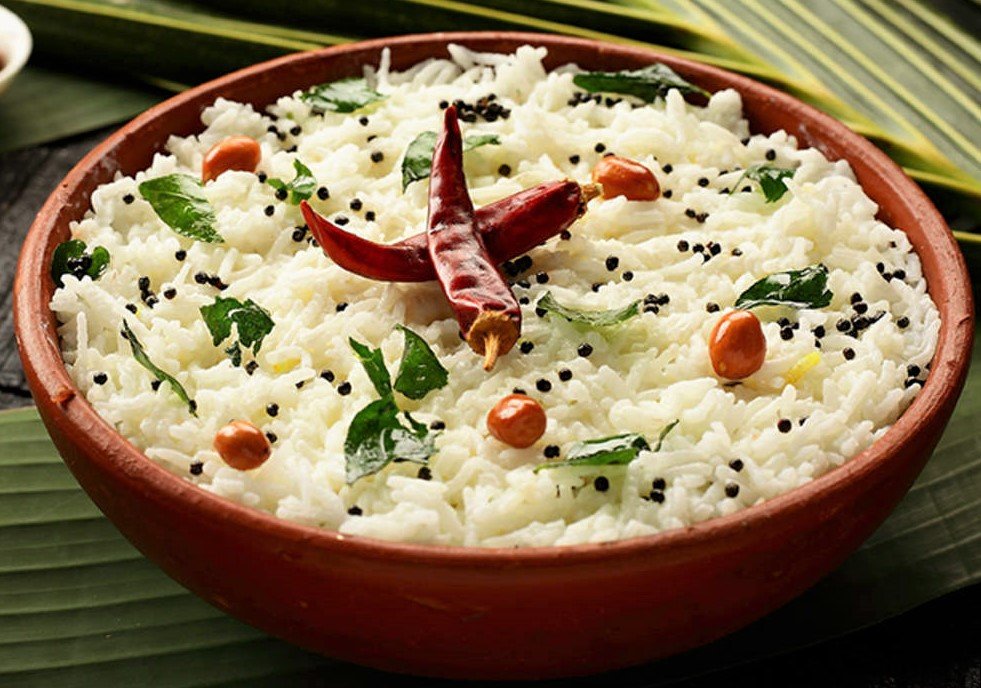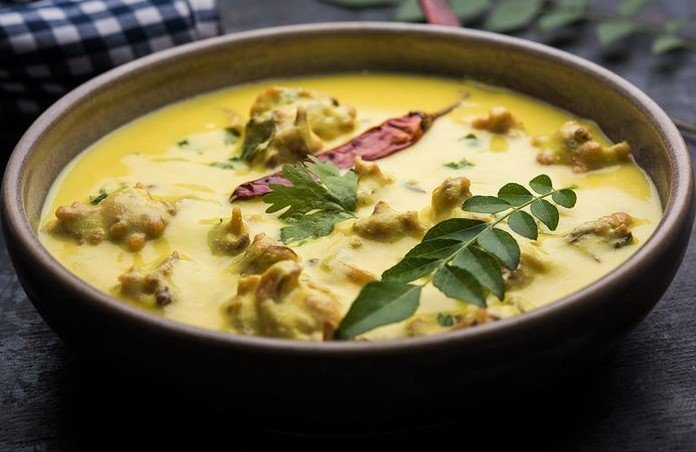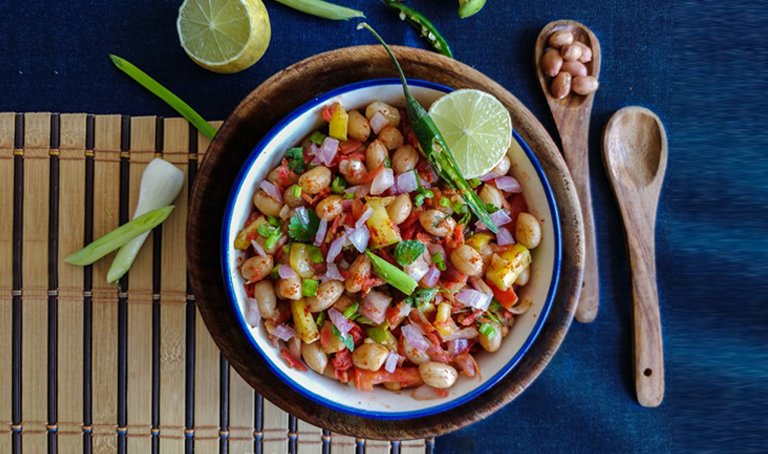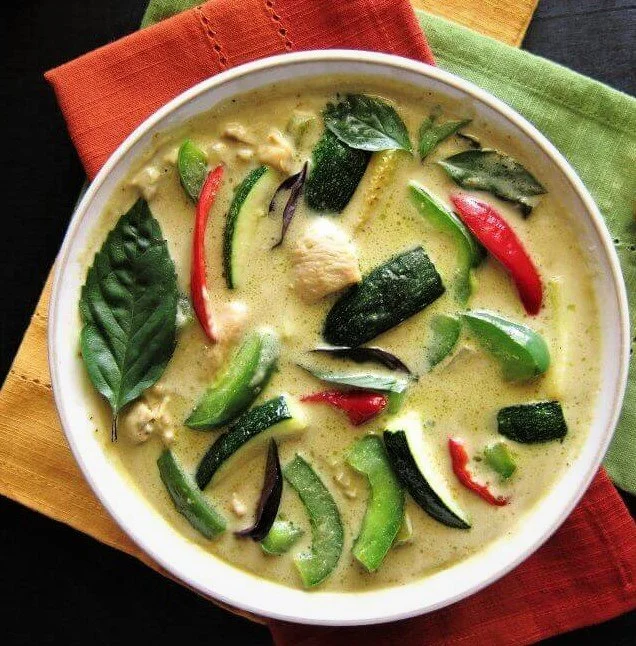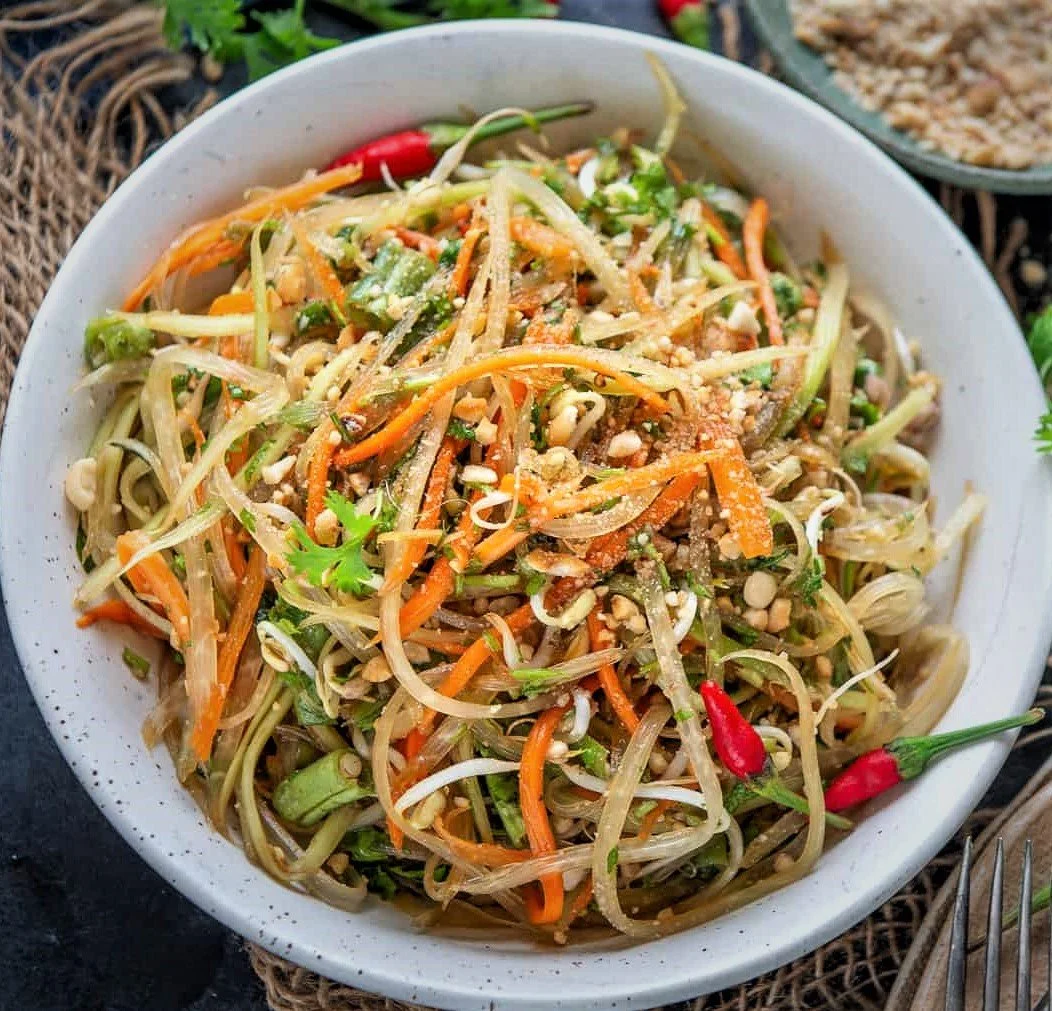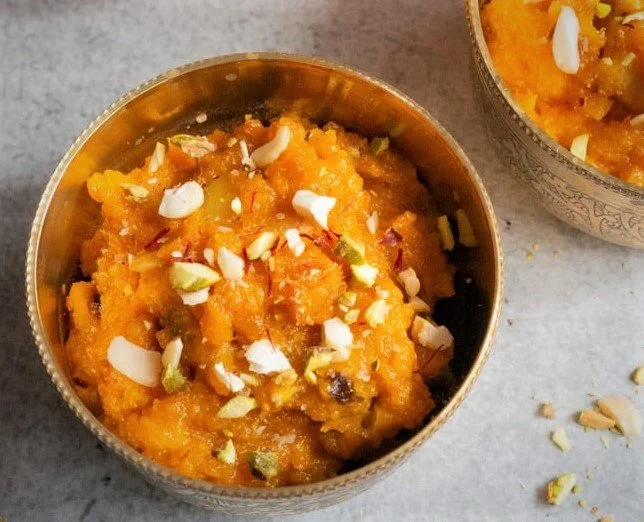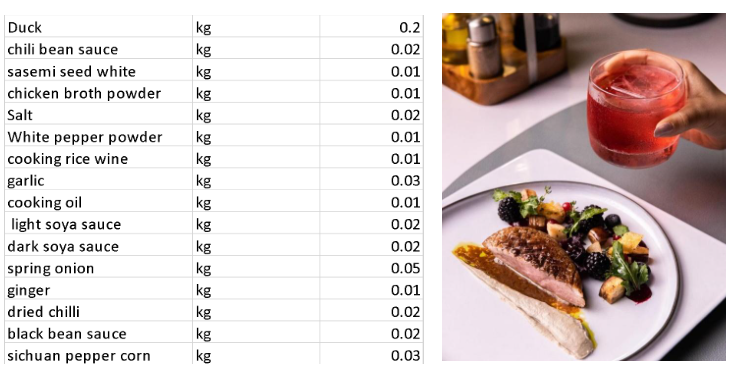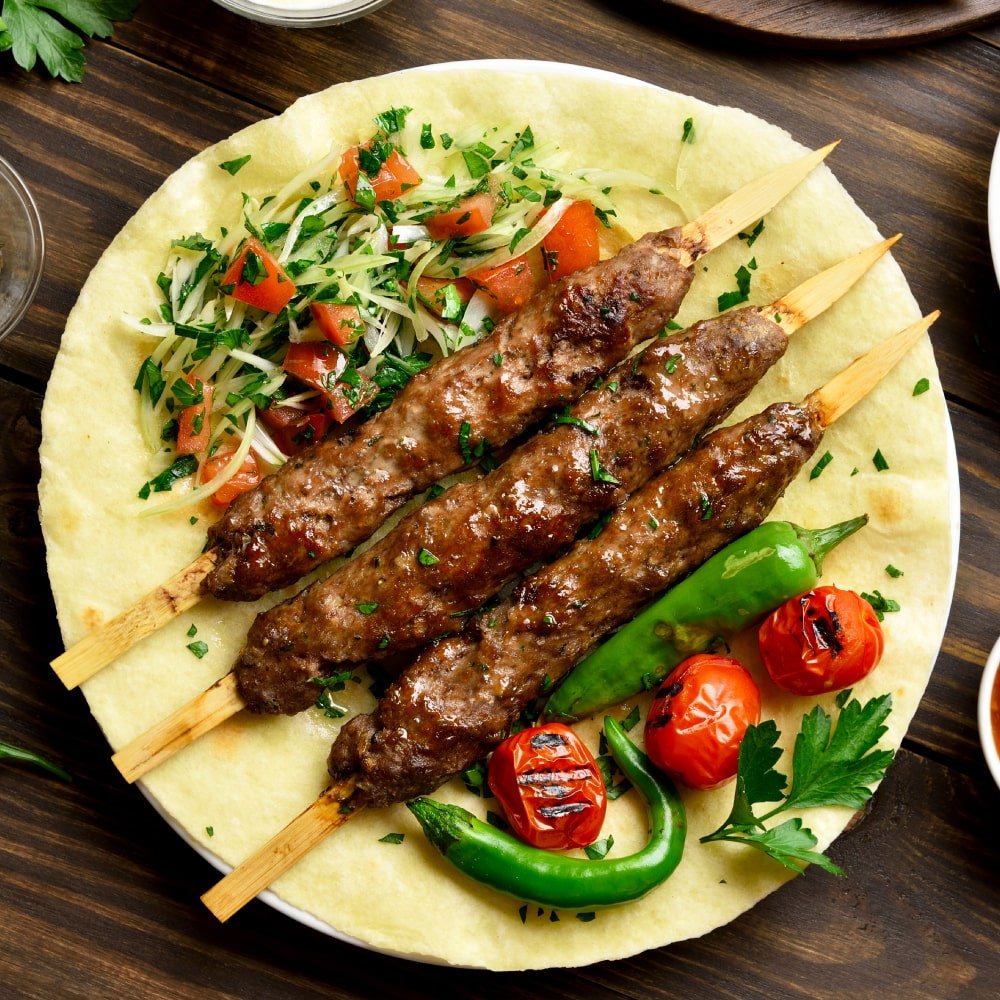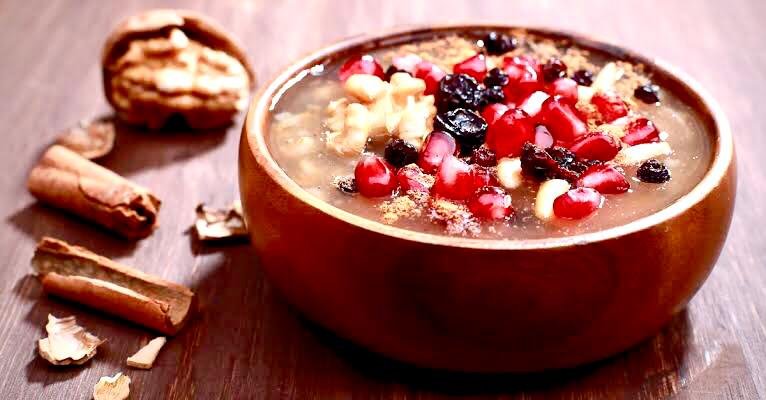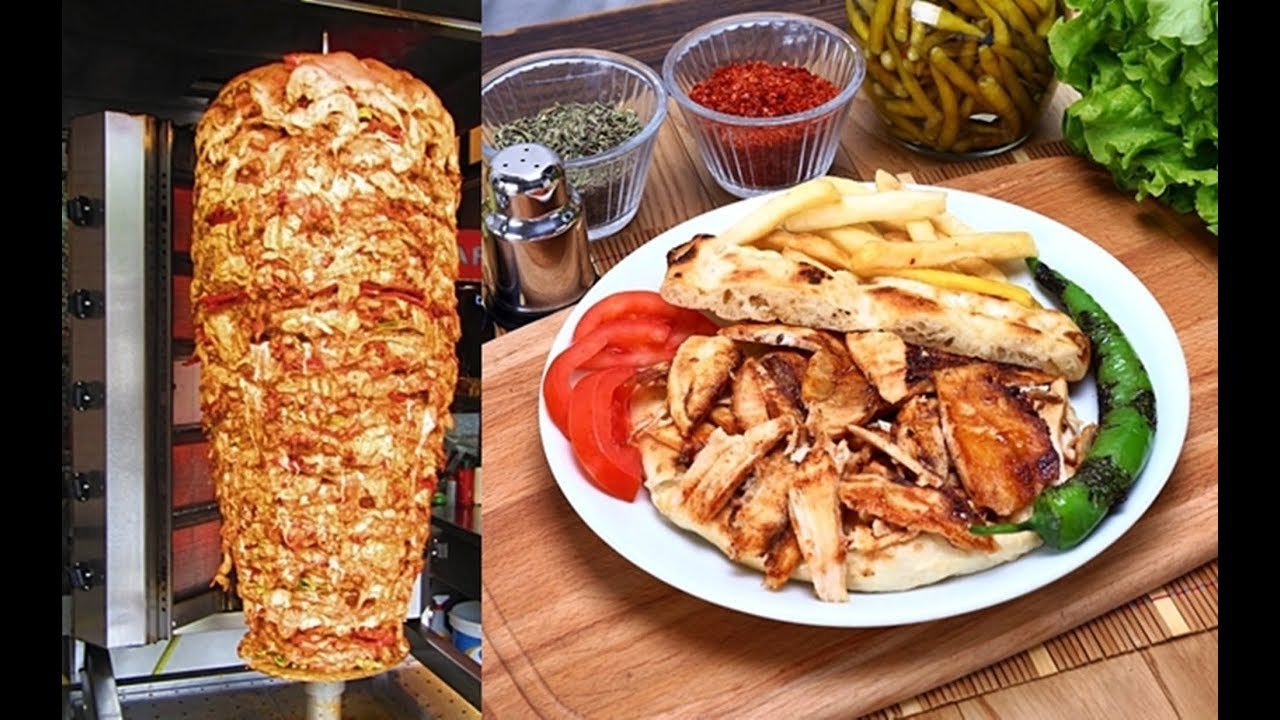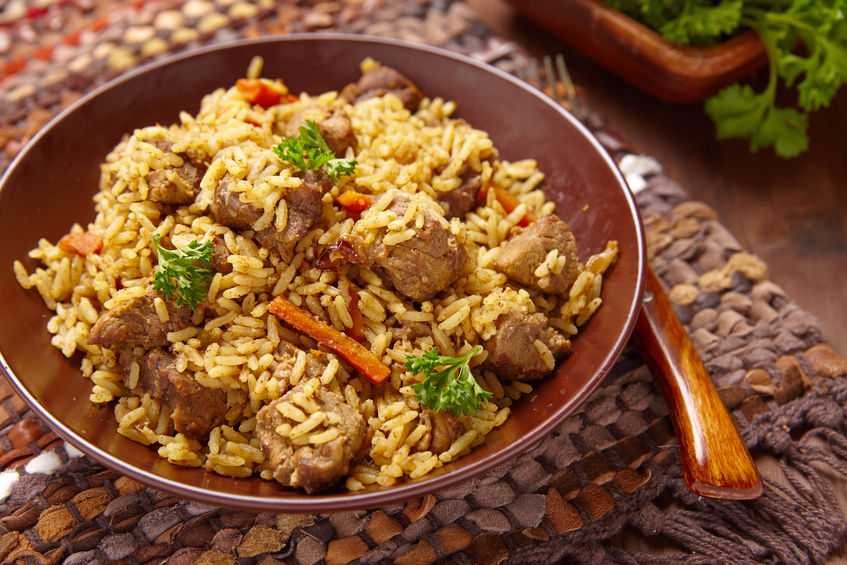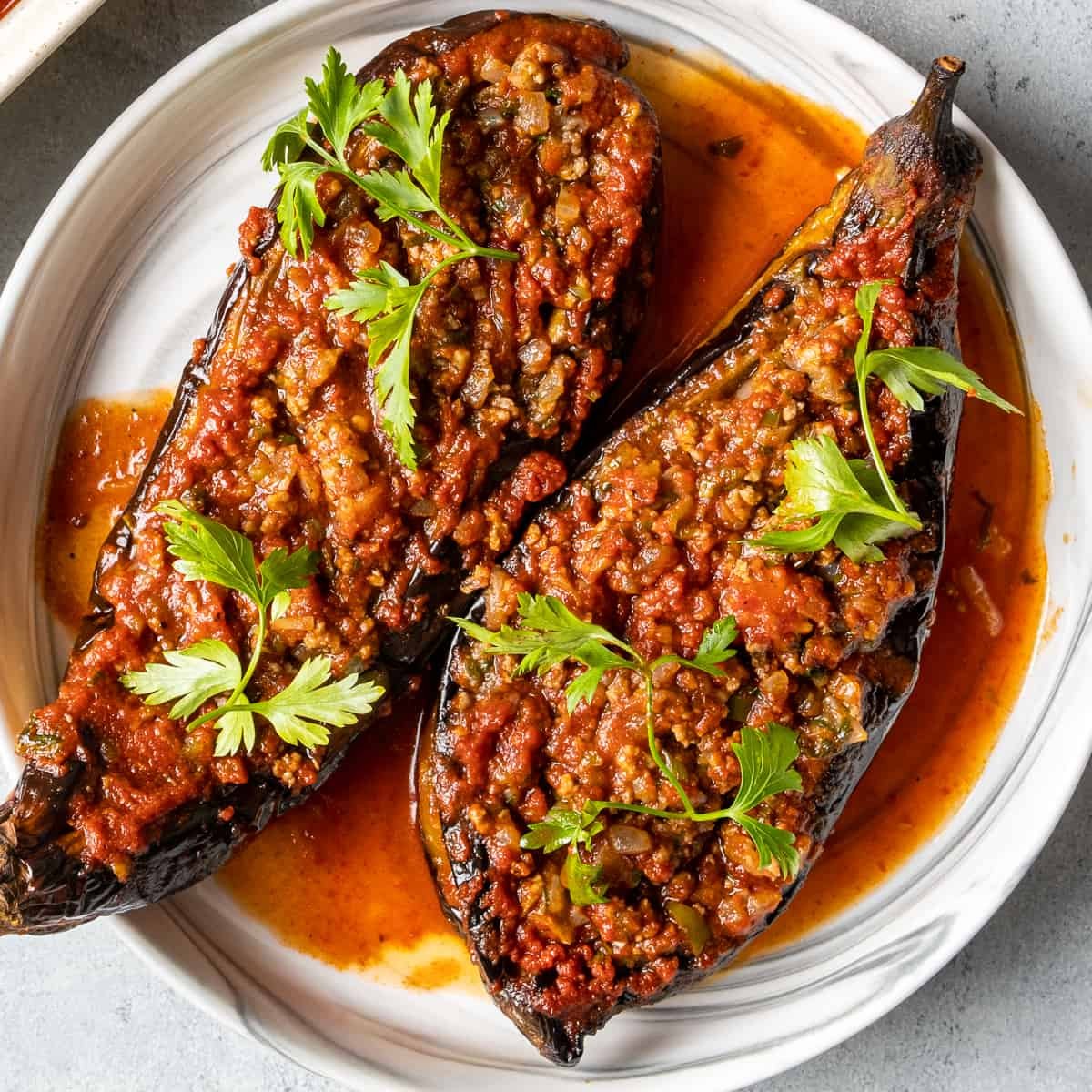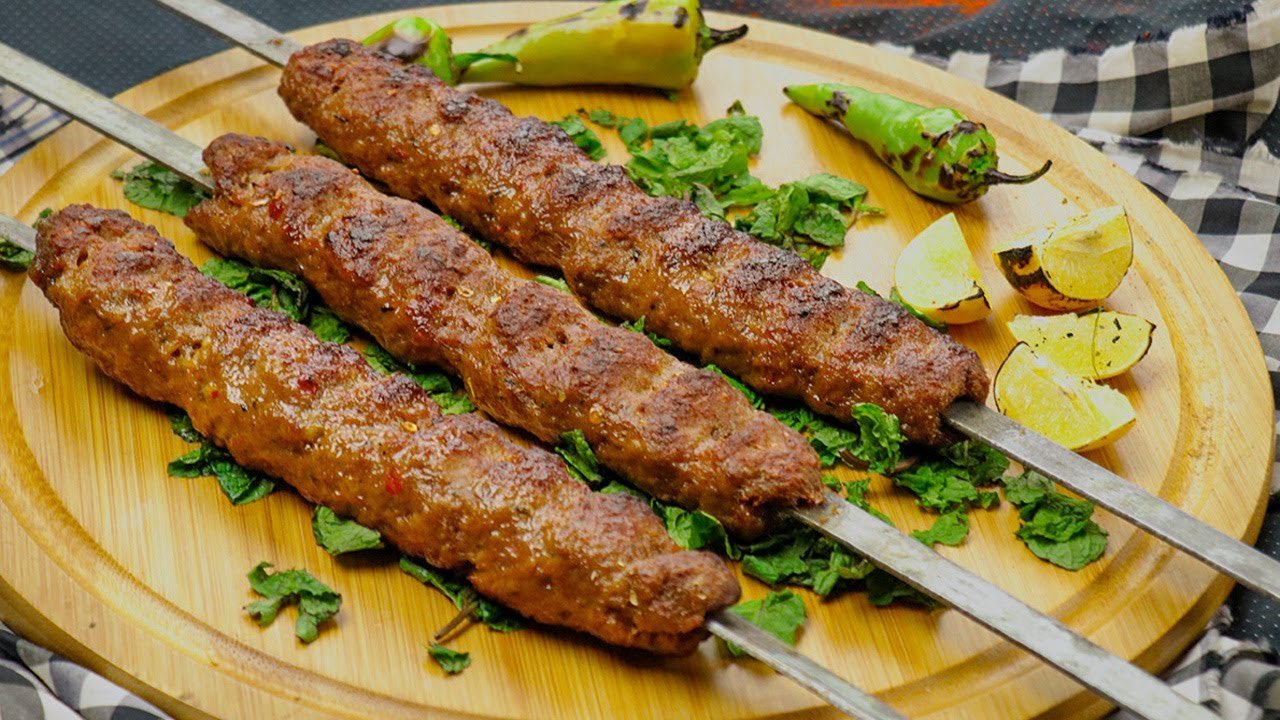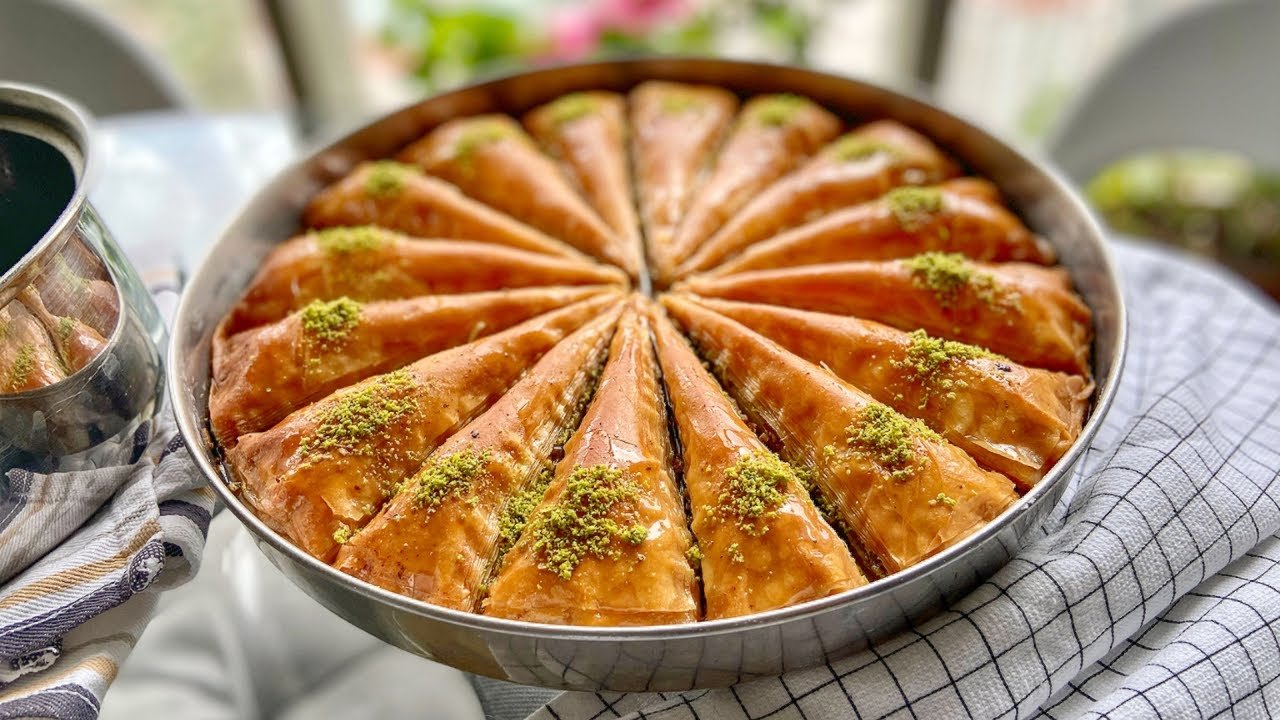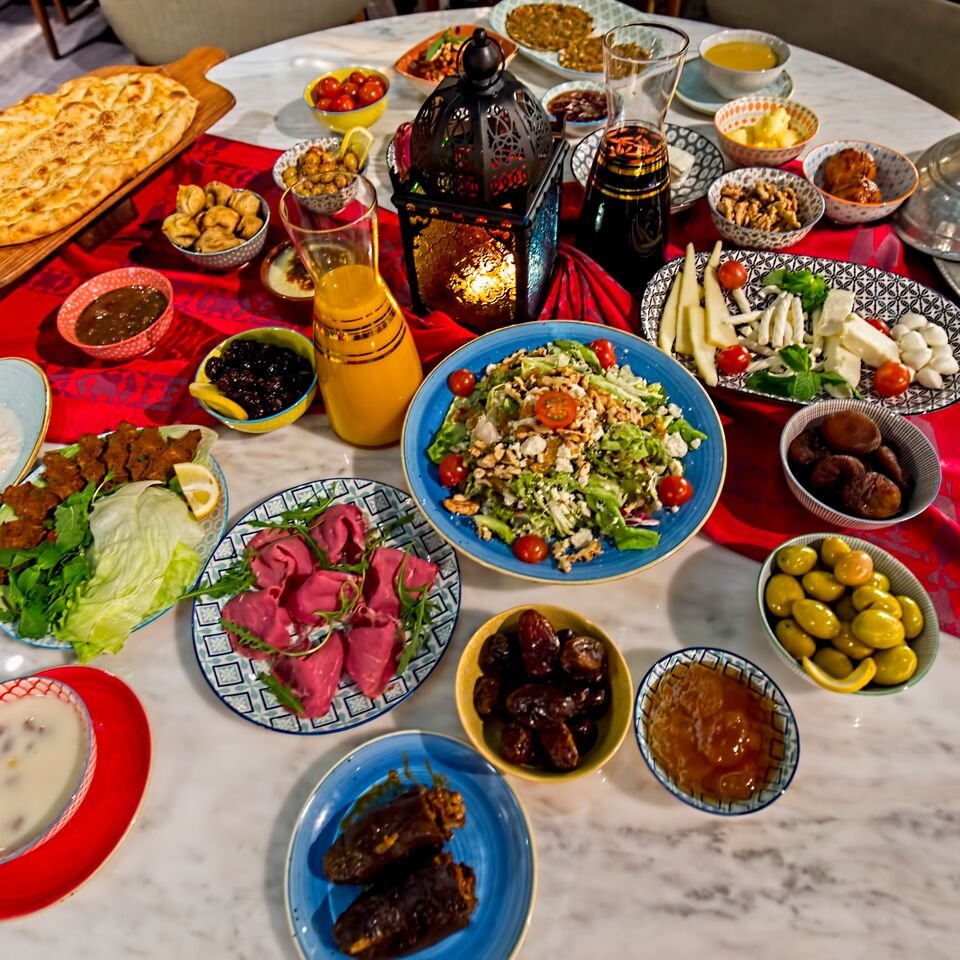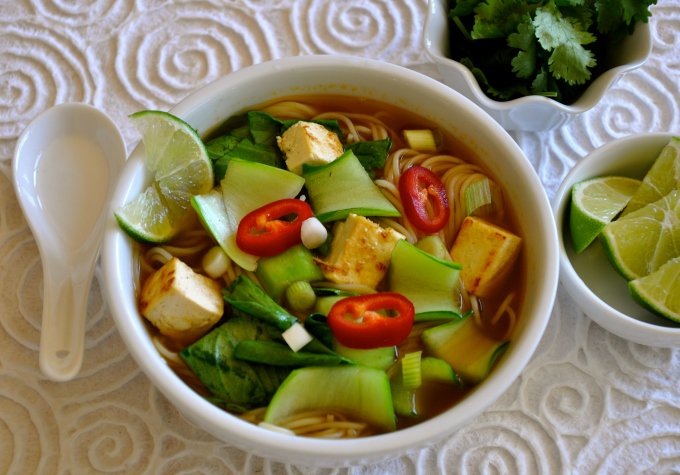Ingredient Ideology By: The Very Blue Berry Fare! Dr. Kaviraj Khialani- Celebrity Master Chef.
/Introduction Blueberries
Blueberries are small, flavorful fruits that belong to the genus Vaccinium, which includes several other berry varieties. They are well-known for their vibrant blue color, sweet-tart taste, and numerous health benefits. Blueberries are native to North America, where they have been consumed and enjoyed for centuries by Native American tribes. Today, they are cultivated in various parts of the world and have become a popular addition to a wide range of culinary dishes, including pies, muffins, pancakes, and salads.
These tiny, round berries are not only delicious but also packed with nutrients. They are considered a superfood due to their rich content of antioxidants, vitamins, and minerals. Blueberries are particularly known for their high levels of anthocyanins, which give them their distinctive blue color and offer significant health benefits.
In this article, we will explore the history, cultivation, nutritional value, and culinary uses of blueberries. We'll also delve into their potential health benefits and the various ways you can incorporate these nutritious berries into your diet. Whether you're a blueberry enthusiast or simply looking to learn more about this delightful fruit, you'll find valuable information here.
Where Blueberries Are Found Country-Like
Blueberries are grown and found in several countries around the world, with varying levels of cultivation and popularity. The following is a list of countries where blueberries are commonly found:
United States: Blueberries are native to North America and are widely grown in the United States. The states of Michigan, New Jersey, Oregon, and Washington are particularly known for their blueberry production.
Canada: Blueberries are also native to Canada, and the country is a significant producer of both wild and cultivated blueberries. The provinces of British Columbia, Quebec, and Nova Scotia are known for their blueberry cultivation.
Chile: Chile is one of the leading blueberry producers in the Southern Hemisphere. The country's climate allows for the cultivation of blueberries during the Northern Hemisphere's off-season.
Mexico: Mexico has been increasing its blueberry production in recent years, especially in states with suitable climates like Jalisco and Michoacán.
Argentina: Blueberries are grown in the Patagonia region of Argentina, where the climate is conducive to their cultivation.
Peru: Peru has become a notable producer of blueberries, with regions like La Libertad and Huaral being important cultivation areas.
Spain: In Europe, Spain is a significant blueberry producer, especially in the Huelva region.
Poland: Blueberries are grown in several European countries, and Poland is one of the largest European producers.
Australia: Blueberry cultivation is on the rise in Australia, with regions like Tasmania, New South Wales, and Victoria being major producers.
South Africa: Blueberries are grown in South Africa, particularly in the Western Cape region.
New Zealand: New Zealand also cultivates blueberries, primarily in the North Island and some parts of the South Island.
Blueberries thrive in regions with specific climate and soil conditions, and their popularity as a crop has been steadily growing in various parts of the world due to their health benefits and culinary versatility. They are often grown on both large commercial farms and in smaller, local settings, making them readily available to consumers in many countries.
Health Benefits Of Blueberries
Blueberries are often referred to as a "superfood" due to their numerous health benefits. They are not only delicious but also packed with essential nutrients and antioxidants. Here are some of the key health benefits of blueberries:
Rich in Antioxidants: Blueberries are loaded with antioxidants, particularly anthocyanins, which give them their vibrant color. Antioxidants help protect the body from oxidative stress, which is linked to various chronic diseases and aging.
Heart Health: Consuming blueberries has been associated with a reduced risk of heart disease. The antioxidants in blueberries may help lower blood pressure, reduce bad cholesterol levels, and improve overall heart health.
Brain Health: Blueberries are often called "brain berries" because they are thought to support cognitive function. Some studies suggest that regular consumption of blueberries may help improve memory and slow down age-related cognitive decline.
Anti-Inflammatory Properties: The antioxidants in blueberries have anti-inflammatory effects, which may help reduce the risk of chronic inflammatory conditions like arthritis and inflammatory bowel diseases.
Improved Blood Sugar Control: Blueberries have a low glycemic index, which means they have a relatively low impact on blood sugar levels. They may help improve insulin sensitivity and support better blood sugar control, making them a good option for those with diabetes.
Eye Health: The antioxidants in blueberries, particularly lutein and zeaxanthin, are beneficial for eye health. They may help reduce the risk of age-related macular degeneration and cataracts.
Digestive Health: Blueberries are a good source of dietary fiber, which can aid in digestion and promote a healthy gut. Fiber also helps prevent constipation and supports a diverse gut microbiome.
Cancer Prevention: Some studies suggest that the antioxidants in blueberries may help protect against certain types of cancer by reducing oxidative stress and inflammation.
Skin Health: The vitamins and antioxidants in blueberries can promote healthy and radiant skin. They may help combat skin aging and improve overall skin texture.
Weight Management: Blueberries are relatively low in calories and high in Fiber, making them a satisfying and nutritious addition to a weight management plan.
Urinary Tract Health: Blueberries contain compounds that may help prevent urinary tract infections by inhibiting the adherence of bacteria to the bladder wall.
Bone Health: Blueberries are a source of vitamins and minerals like vitamin K and manganese, which are essential for bone health and may help reduce the risk of osteoporosis.
It's important to note that while blueberries can be a valuable part of a healthy diet, they should be consumed as part of a balanced and diverse intake of fruits and vegetables. Their health benefits are best realized when included in an overall nutritious diet and lifestyle.
7 Varieties Of Recipes Using Blueberries
1. Blueberry Smoothie:
Ingredients:
1 cup of blueberries
1/2 cup of Greek yogurt
1 ripe banana
1 tablespoon of honey
1/2 cup of milk (or milk alternative)
Method:
Place blueberries, Greek yogurt, banana, honey, and milk in a blender.
Blend until smooth.
Adjust the sweetness with more honey if desired.
Serve immediately
2. Blueberry and Almond Overnight Oats:
Ingredients:
1/2 cup of rolled oats
1 cup of milk (or milk alternative)
1/4 cup of blueberries
2 tablespoons of sliced almonds
1 tablespoon of honey
Method:
In a jar or container, combine the oats and milk.
Add the blueberries, almonds, and honey.
Stir well, cover, and refrigerate overnight.
In the morning, give it a good stir and enjoy.
3. Blueberry Salad with Lemon Vinaigrette:
Ingredients:
4 cups of mixed greens
1 cup of blueberries
1/4 cup of crumbled feta cheese
1/4 cup of chopped walnuts
2 tablespoons of lemon juice
1/4 cup of olive oil
Salt and pepper to taste
Method:
In a large bowl, combine the mixed greens, blueberries, feta cheese, and walnuts.
In a separate bowl, whisk together the lemon juice and olive oil.
Drizzle the dressing over the salad and toss to coat.
Season with salt and pepper as desired.
4. Blueberry BBQ Sauce:
Ingredients:
1 cup of blueberries
1/2 cup of ketchup
1/4 cup of brown sugar
2 tablespoons of vinegar
1/2 teaspoon of garlic powder
1/2 teaspoon of onion powder
1/4 teaspoon of cayenne pepper (adjust to taste)
Method:
In a saucepan, combine all the ingredients.
Simmer over low heat, stirring occasionally, until the blueberries break down and the sauce thickens (about 15-20 minutes).
Allow it to cool before using as a barbecue sauce.
5. Blueberry Salsa:
Ingredients:
1 cup of blueberries
1/4 cup of red onion, finely chopped
2 tablespoons of fresh cilantro, chopped
1 lime, juiced
1/2 jalapeño pepper, finely chopped (adjust to taste)
Salt and pepper to taste
Method:
In a bowl, gently combine the blueberries, red onion, cilantro, lime juice, and jalapeño.
Season with salt and pepper as desired.
Allow the salsa to sit for at least 15 minutes to meld flavors before serving with tortilla chips or as a topping for grilled meats.
6. Blueberry Jam:
Ingredients:
4 cups of blueberries
1 1/2 cups of granulated sugar
1 lemon, juiced and zested
Method:
In a large pot, combine the blueberries, sugar, lemon juice, and lemon zest.
Bring to a boil, stirring constantly.
Reduce the heat and simmer for about 30-40 minutes, or until the jam thickens and coats the back of a spoon.
Pour the hot jam into sterilized jars, seal, and allow them to cool. Store in the refrigerator.
7. Blueberry Pancakes:
Ingredients:
1 cup of all-purpose flour
2 tablespoons of sugar
1 teaspoon of baking powder
1/2 teaspoon of baking soda
1/4 teaspoon of salt
1 cup of buttermilk
1 egg
2 tablespoons of melted butter
1 cup of fresh blueberries
Method:
In a large bowl, whisk together the flour, sugar, baking powder, baking soda, and salt.
In another bowl, whisk together the buttermilk, egg, and melted butter.
Pour the wet ingredients into the dry ingredients and stir until just combined.
Gently fold in the blueberries.
Heat a griddle or frying pan over medium heat and lightly grease it.
Pour 1/4 cup portions of batter onto the griddle and cook until bubbles form on the surface.
Flip and cook until golden brown.
Serve with maple syrup.
CONCLUSION
In conclusion, blueberries are a remarkable fruit with a wide array of benefits and culinary applications. Their vibrant colour and sweet-tart flavour make them a favourite ingredient in various recipes. Blueberries are not only delicious but also packed with antioxidants, vitamins, and minerals that contribute to a range of health advantages.
From classic breakfast options like blueberry muffins and pancakes to refreshing blueberry salads and innovative blueberry salsas, these little berries can be used in a multitude of ways. Blueberries are versatile, fitting seamlessly into both sweet and savoury dishes, making them a valuable addition to your kitchen
Whether you're looking to enhance your health, satisfy your sweet tooth, or explore new culinary horizons, blueberries offer a delightful and nutritious solution. So, whether you enjoy them in a smoothie, atop a salad, or baked into a pie, make sure to savour the goodness of blueberries and the many delightful recipes they inspire.

